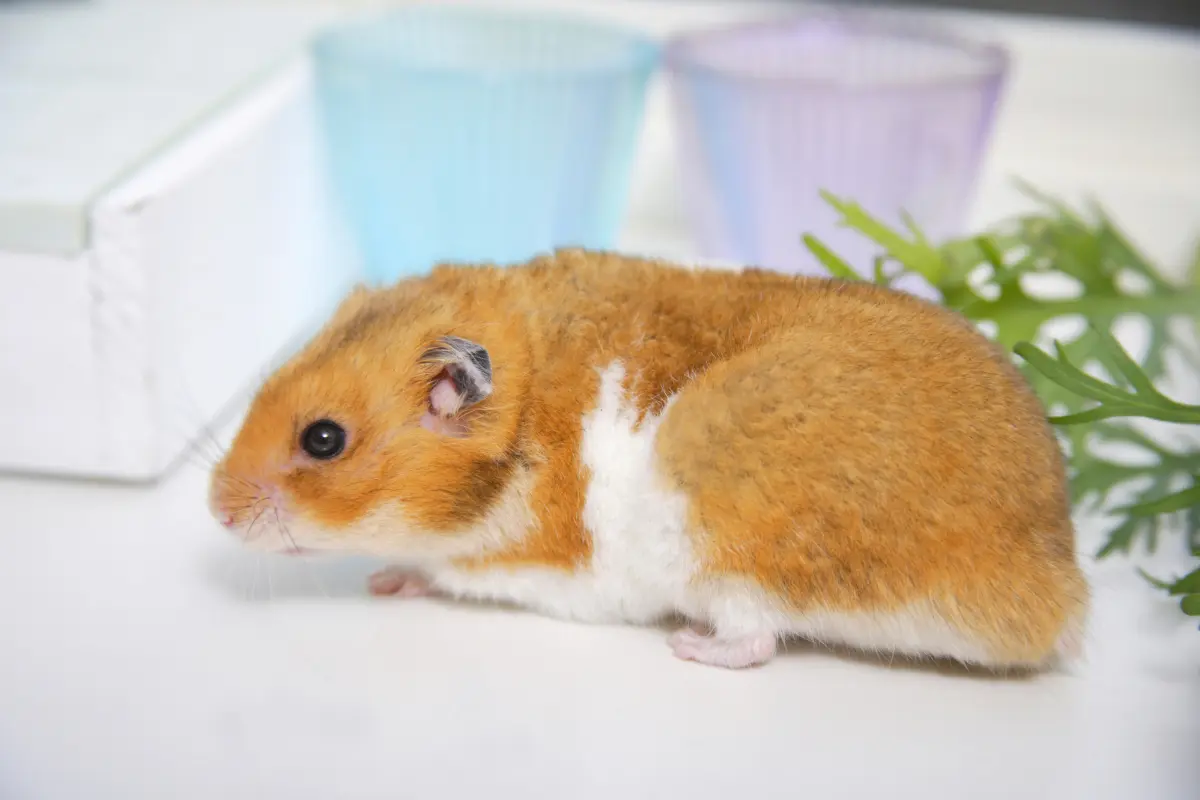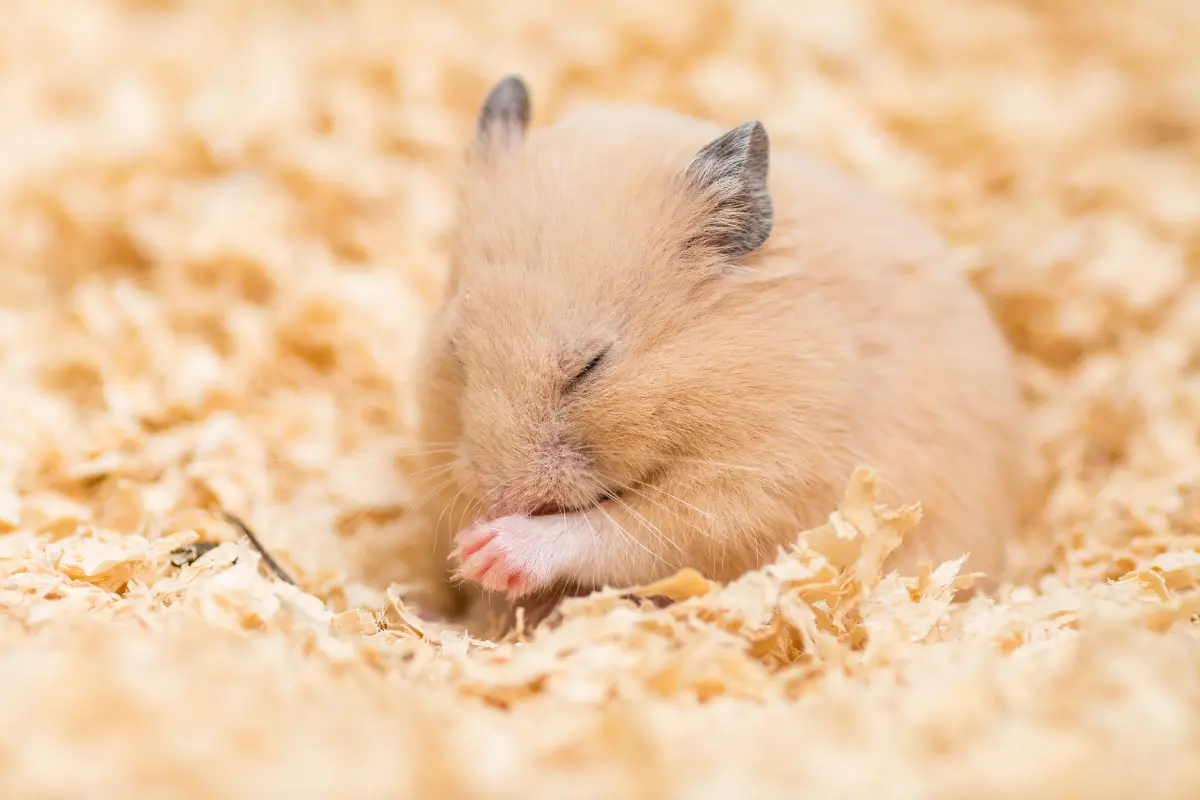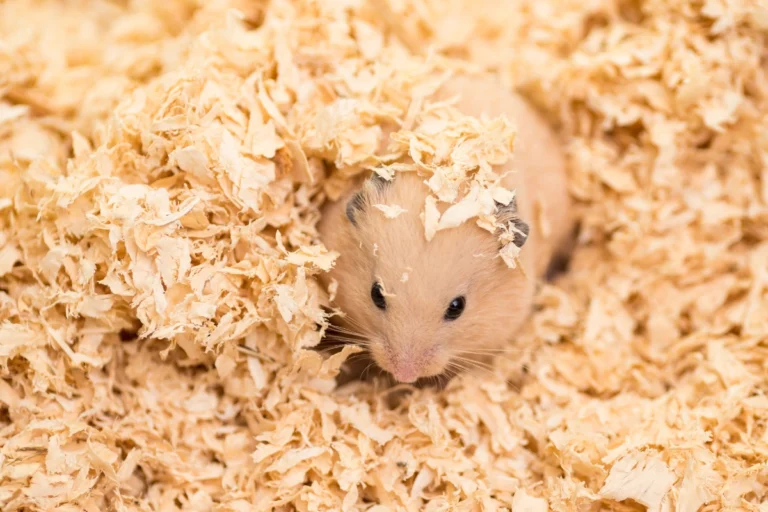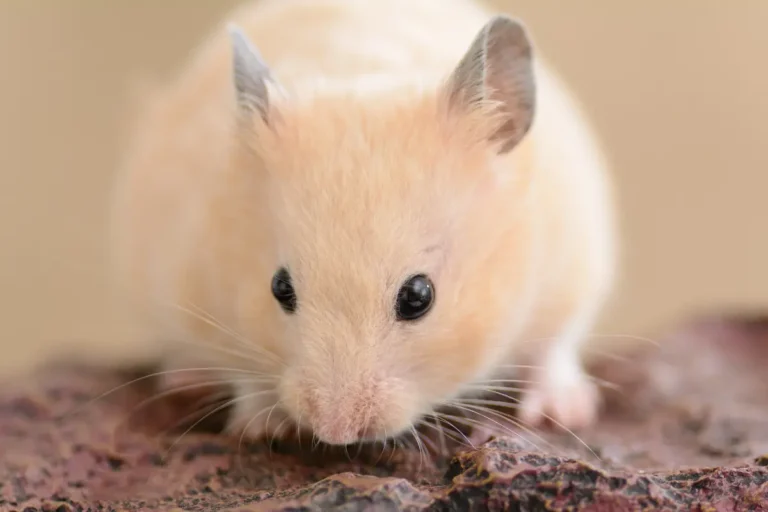Waking Up Your Hamster from Torpor: a Step-by-Step Guide
Torpor, a state of suspended animation similar to hibernation, is a survival mechanism in hamsters during periods of extreme cold or stress. While it is a natural process, it can be alarming for pet owners when their hamster enters this state unexpectedly. Fortunately, with the right steps, you can help your hamster safely emerge from torpor.
What is Torpor in Hamsters?
Torpor is a kind of deep sleep where the hamster’s body temperature, heart rate, and metabolic functions slow down to conserve energy, typically during colder months or if the hamster is feeling unwell.
While this state can be natural, it can also be dangerous if the hamster has been in it for too long. If you find that your hamster has entered torpor, there are steps you can take to help safely bring them back to their active state.
How to Wake a Hamster from Torpor
1. Do Not Warm Up Too Quickly
The most crucial step in waking a hamster from torpor is warming them up slowly. If you attempt to warm your hamster too quickly, it can lead to a dangerous situation where their blood warms up faster than their heart can handle. This can strain their heart and potentially cause a heart attack. Therefore, it’s essential to be patient and careful in the warming process to avoid any complications.
What You’ll Need:
- Warm water (around 100°F / 38°C)
- Half a cup of sugar
- 1 teaspoon of salt
- A spoon or syringe for administering the solution
- A quiet and comfortable environment to work in
- A towel or soft surface to rest your hamster on
Step 1: Prepare the Sugar Water Solution
To begin the process, you’ll need to prepare a mixture of sugar water. This will help provide some energy to your hamster while warming them from the inside.
- Mix 1 cup of warm water, half a cup of sugar, and 1 teaspoon of salt in a bowl or container. Stir the mixture well until the sugar and salt are fully dissolved.
- If the mixture cools down while you’re using it, gently reheat it. It should always be warm, but never too hot, as extreme temperatures could harm your hamster.
Step 2: Safely Pick Up Your Hamster
Your hamster will likely be curled up in a ball, so you need to carefully uncurl them.
- Scruff your hamster gently by grabbing the loose skin at the back of their neck with your fingers. This will allow you to hold them safely.
- Position your hamster so their back is resting in the palm of your hand, with their mouth facing up toward you.
- Tilt their body at a slight angle (about 45 degrees), so their head points downward and their mouth faces toward the ground.
- Rotate your hamster sideways slightly to ensure the sugar water can be administered without it accidentally entering their lungs.
Step 3: Administer the Sugar Water
The next step is to provide the sugar water to help warm your hamster from the inside.
- Using a spoon or syringe, place a small amount of sugar water on your hamster’s tongue.
- Be sure to deliver the liquid to the side of their mouth, where it can flow out the other side. This helps prevent choking or aspiration into their lungs.
- Repeat this process every 1 to 2 minutes for about 30 minutes, or until your hamster begins to show signs of waking up.
- Keep a watchful eye on your hamster’s progress. The mixture will absorb through their tongue and begin warming their body, while the sugar provides energy.
It’s important to keep your hamster’s head tilted downward while administering the sugar water. This position allows any excess liquid to escape from their mouth and prevents it from reaching their lungs, which could cause them to drown.
Step 4: Be Patient and Observe
It may take time for your hamster to show signs of recovery. Watch closely for signs of movement or improvement. Keep the hamster in a calm, warm environment, but avoid sudden temperature changes.
Step 5: After Your Hamster Wakes Up
Once your hamster begins to wake up, they will likely feel weak for a while. Here’s how you can continue to support them:
- Offer more sugar water for hydration if they are able to drink on their own, but don’t force them to drink.
- Keep your hamster in a quiet and warm environment, but don’t make the room too hot. Gradually return the room temperature to normal.
- Hydrate your hamster by providing fresh water, and offer some moist foods like cucumber to help them recover.
- Monitor your hamster for signs of stress or continued weakness, and make sure they have a comfortable and safe space to rest.

Step 6: Prevent Future Incidents
To prevent your hamster from entering torpor again, consider adjusting their living environment. Make sure they have a stable, warm temperature in their cage and that they have access to fresh water and food at all times.
Hamsters are particularly sensitive to temperature fluctuations, so try to keep their environment within a consistent range, ideally between 65°F and 75°F (18°C to 24°C).
Additionally, provide enough bedding and nesting materials so your hamster can stay warm if they need to rest.
Final Thoughts
Waking up a hamster from torpor requires care, patience, and the right approach. It’s essential to warm your hamster slowly and provide energy through sugar water, but you must avoid sudden temperature changes that could harm them. With these steps, you can help your hamster recover and ensure their safety as they return to their normal activity.
If your hamster has been in torpor for an extended period, it’s best to contact a veterinarian, as there may be underlying health issues that need professional attention.






